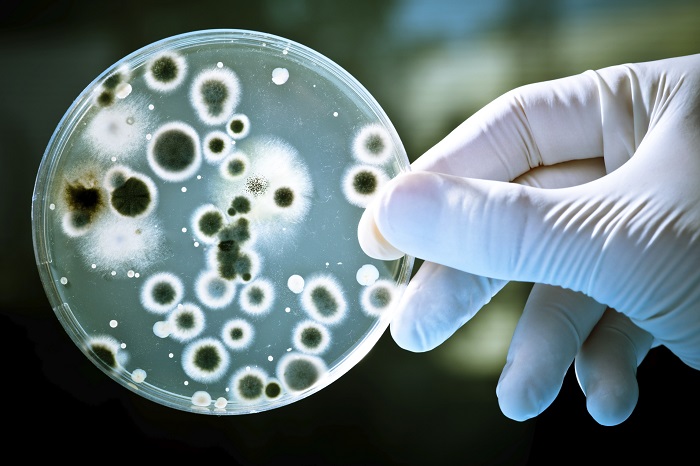Scientists have figured out how to use bacteria as living hard drives

Our old friend CRISPR-Cas, the amazing gene editor, makes all of this possible. This device has already opened up new ways of rewriting DNA segments and now researchers from Harvard University were able to use the bacteria`s own CRISPR/Cas-style editing processes to write specific code.
When bacteria detects a virus, it cuts and pastes a part of the virus`s DNA into its own genome, so it can recognise that virus again in the future. This security checklist is passed on through the generations, which is how organisms can build up immunity to certain kinds of viruses over time.
As William Herkewitz reports for Popular Mechanics, in this case, the team created their own code and disguised it as a virus. When the fake virus was introduced to the bacteria, the same CRISPR/Cas swapping took place, and, hey presto – the data was embedded into the bacteria itself.
Anything could be stored within the code, from a poem to a computer program. It builds on previous research into storing data with DNA, but here the challenge was to repeat the trick inside a living cell using its own natural processes.
"Working within a living cell is an entirely different story and challenge," geneticist and lead researcher Seth Shipman told Popular Mechanics. "Rather than synthesising DNA and cutting it into a living cell, we wanted to know if we could use nature`s own methods to write directly onto the genome of a bacterial cell, so it gets copied and pasted into every subsequent generation."
As the bacteria store the data they receive sequentially, it`s much easier to retrieve at a later stage (via genetic analysis called genotyping), but there are potential problems along the way: not all of the bacteria received all of the data presented, which means you would need a large sample size in order to get the full message back.
Shipman thinks there`s plenty more to come. Some cells will have room for 3,000 bytes of data, he says, and there`s also the potential for special genetically designed hard-drive bacteria to take the idea even further.
Amazing research, but at these tiny capacities, we`d recommend you don`t trade in your old hard drives just yet...















































